简体中文
繁體中文
English
Pусский
日本語
ภาษาไทย
Tiếng Việt
Bahasa Indonesia
Español
हिन्दी
Filippiiniläinen
Français
Deutsch
Português
Türkçe
한국어
العربية
Spot Forex Trading Explained: Definition, How It Works and Key Factors to Know
Abstract:Want to settle your forex transactions within a few days? You have an excellent alternative in forex spot trading, where currencies are traded for immediate delivery. These transactions are usually settled within two business days. Contrary to futures contracts, where prices are locked in for a future date, spot trades happen at existing market prices (spot rate). But have you wondered what determines the value of these trades? The answer is the spot exchange rate. As the spot foreign exchange market remains one of the largest and most liquid markets around, spot trading can be immense in value and scale.
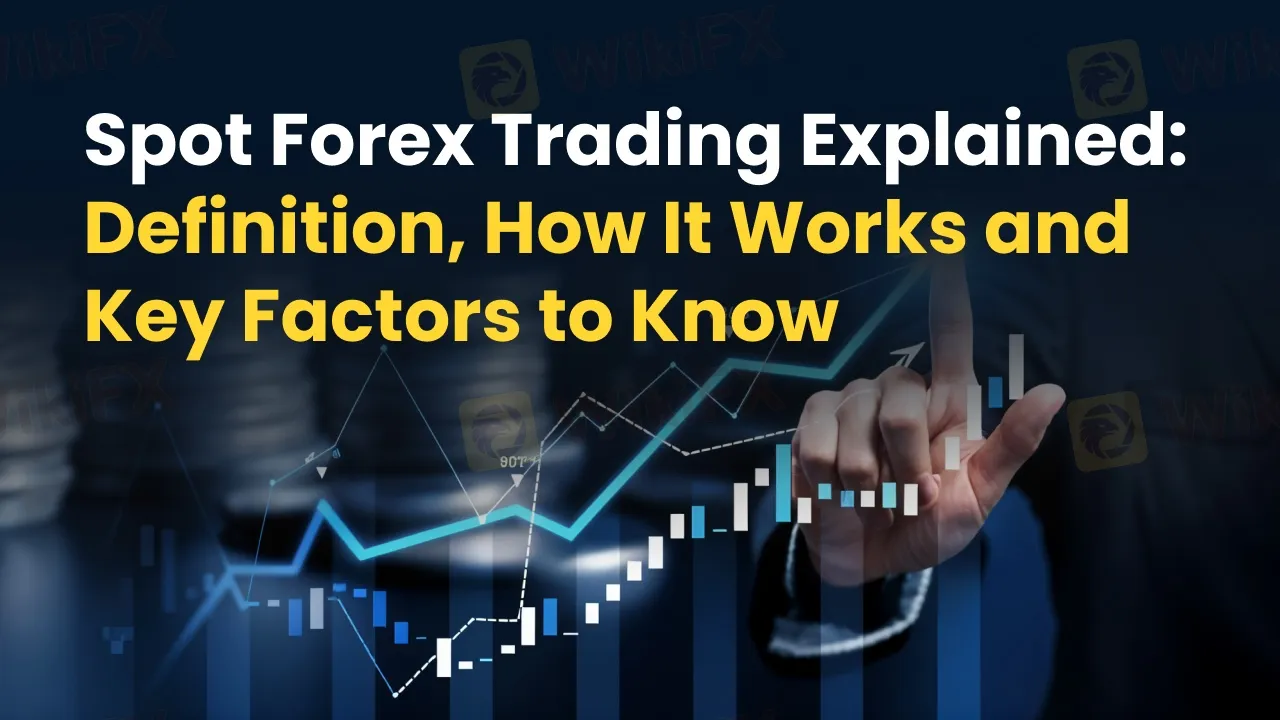
Want to settle your forex transactions within a few days? You have an excellent alternative in forex spot trading, where currencies are traded for immediate delivery. These transactions are usually settled within two business days. Contrary to futures contracts, where prices are locked in for a future date, spot trades happen at existing market prices (spot rate). But have you wondered what determines the value of these trades? The answer is the spot exchange rate. As the spot foreign exchange market remains one of the largest and most liquid markets around, spot trading can be immense in value and scale.
How to Do Spot Forex Trading?
Spot forex trading usually occurs over the counter (OTC). Forex spot contracts remain the most common spot trade type. These contracts are usually for two business days. Spot forex trading is arguably the largest market worldwide, with daily trading volume exceeding $7.55 trillion. The current price of the currency pair is referred to as the spot price, which is determined by the buy and sell orders from buyers and sellers, respectively. The spot price can change every second with the filling of old orders and the arrival of new ones in liquid markets. The price difference between a spot contract and a future or forward contract comprises the time value based on maturity time and interest rates.
Key Factors in Spot Forex Trading
In forex spot trading, the price is calculated based on the interest rate difference between two currencies. Most products that yield interest, including options and bonds, witness spot settlement on the next business day. Contracts usually take place between two financial institutions. These can also be between a company and a financial institution.
What is the Forex Spot Market?
The forex spot market involves active participation from buyers and sellers engaging in real-time currency transactions. Cash is usually exchanged between buyers and sellers in the spot market. A spot market refers to the existing market price quoted for immediate delivery of a currency. Traders pay this price when taking delivery of currencies immediately. The spot price is thus used to calculate future prices.
The Difference Between a Spot Rate and a Forward Rate
The foreign exchange market usually sees spot and forward rates. Spot rates are the current market price quotes for immediate delivery. In contrast, a forward rate is a future price agreed upon by the two parties for a currency.
Summing Up
Spot forex trading forms the backbone of the global foreign exchange market, allowing traders to buy and sell currencies for near-immediate settlement based on prevailing market rates. Its flexibility, transparency, and immense liquidity make it a preferred choice for both institutional and retail participants. However, successful spot trading requires an understanding of factors like interest rate differentials, market volatility, and timing. Whether youre a beginner exploring forex or a seasoned trader seeking fast execution, mastering spot forex trading can open up vast opportunities in the ever-dynamic world of currency exchange.
Want insightful tips and strategies on the spot and other forex trading styles? Look no further than WikiFX Masterminds.
1. Scan the QR code placed right at the bottom.
2. Download the WikiFX Pro app.
3. Afterward, tap the ‘Scan’ icon placed at the top right corner
4. Scan the code again.
5. Congratulations on joining the group.
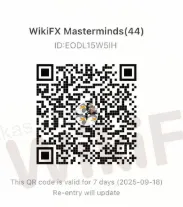
Disclaimer:
The views in this article only represent the author's personal views, and do not constitute investment advice on this platform. This platform does not guarantee the accuracy, completeness and timeliness of the information in the article, and will not be liable for any loss caused by the use of or reliance on the information in the article.
Read more
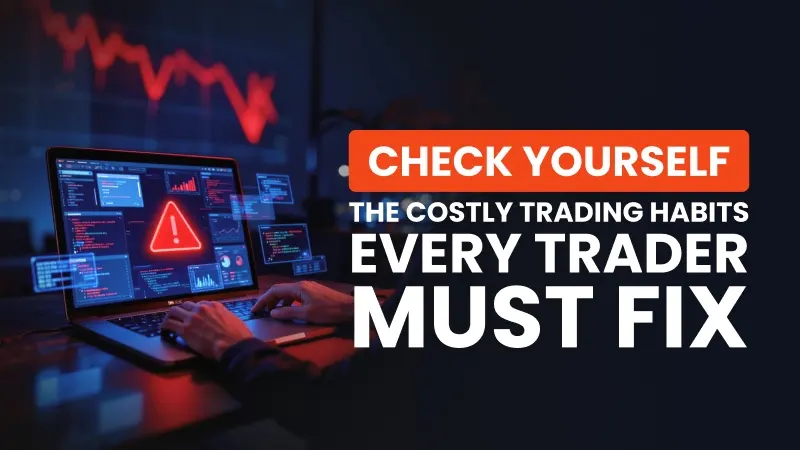
Check Yourself: The Costly Trading Habits Every Trader Must Fix
Are the trading habits you barely notice the very ones quietly destroying your profits, and could a single overlooked mistake be costing you far more than you realise?
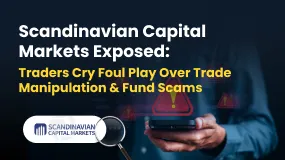
Scandinavian Capital Markets Exposed: Traders Cry Foul Play Over Trade Manipulation & Fund Scams
Does Scandinavian Capital Markets stipulate heavy margin requirements to keep you out of positions? Have you been deceived by their price manipulation tactic? Have you lost all your investments as the broker did not have risk management in place? Were you persuaded to bet on too risky and scam-ridden instruments by the broker officials? These are some burning issues traders face here. In this Scandinavian Capital Markets review guide, we have discussed these issues. Read on to explore them.
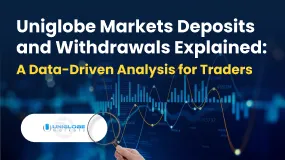
Uniglobe Markets Deposits and Withdrawals Explained: A Data-Driven Analysis for Traders
For any experienced trader, the integrity of a broker isn't just measured in pips and spreads; it's fundamentally defined by the reliability and transparency of its financial operations. The ability to deposit and, more importantly, withdraw capital seamlessly is the bedrock of trust between a trader and their brokerage. When this process is fraught with delays, ambiguity, or outright failure, it undermines the entire trading relationship. This in-depth analysis focuses on Uniglobe Markets, a broker that has been operational for 5-10 years and presents itself as a world-class trading partner. We will move beyond the marketing claims to scrutinize the realities of its funding mechanisms. By examining available data on Uniglobe Markets deposits and withdrawals, we aim to provide a clear, evidence-based picture for traders evaluating this broker for long-term engagement. Our investigation will be anchored primarily in verified records and user exposure reports to explain the Uniglobe Mar
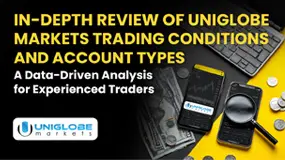
In-Depth Review of Uniglobe Markets Trading Conditions and Account Types – An Analysis for Traders
For experienced traders, selecting a broker is a meticulous process that extends far beyond headline spreads and bonus offers. It involves a deep dive into the fundamental structure of a broker's offering: its regulatory standing, the integrity of its trading conditions, and the flexibility of its account types. Uniglobe Markets, a broker with an operational history spanning over five years, presents a complex case study. It offers seemingly attractive conditions, including high leverage and a diverse account structure, yet operates within a regulatory framework that demands intense scrutiny. This in-depth analysis will dissect the Uniglobe Markets trading conditions and account types, using data primarily sourced from the global broker inquiry platform, WikiFX. We will explore the Uniglobe Markets minimum deposit, leverage, and account types to provide a clear, data-driven perspective for traders evaluating this broker as a potential long-term partner.
WikiFX Broker
Latest News
The 350 Per Cent Promise That Cost Her RM604,000
"Just 9 More Lots": Inside the Endless Withdrawal Loop at Grand Capital
GCash Rolls Out Virtual US Account to Cut Forex Fees for Filipinos
Garanti BBVA Securities Exposed: Traders Report Unfair Charges & Poor Customer Service
Private payroll losses accelerated in the past four weeks, ADP reports
INZO Commission Fees and Spreads Breakdown: A 2025 Data-Driven Analysis for Traders
Gratitude Beyond Borders: WikiFX Thank You This Thanksgiving
Core wholesale prices rose less than expected in September; retail sales gain
Consumer confidence hits lowest point since April as job worries grow
MH Markets Commission Fees and Spreads Analysis: A Data-Driven Breakdown for Traders
Currency Calculator



